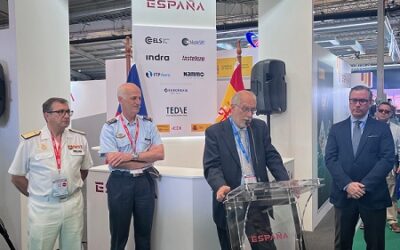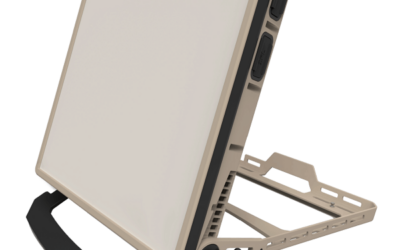Stable Thinking
Since 1985, Quantum has pioneered and patented the world’s most advanced marine stabilising technologies, serving the military and commercial industries. The company’s “active” stabiliser systems provide roll reduction and stability at Zero Speed™/anchor or underway. For the last 16 years, Quantum has served the US Coast Guard (USCG), US Navy (USN) plus over 14 other international Navies, including: 13 USN Cyclone-class fast patrol boats; 13 Famous-class 270-ft USCG Medium Endurance Cutters (WMEC); 58 Sentinel-class Fast Response Cutters (FRC) constructed by Bollinger Shipyards; and 12 1,700 tonnes displacement Offshore Patrol Vessels (OPVs) for the Royal Australian Navy, which are based on the proven PV80 design from Fr. Lürssen in Germany. In addition to this broad portfolio, Quantum owns three international patents (inventor of Zero Speed™ stabilisers) and comes with global repair, refit and upgrade capabilities.
Active or controlled stabilisers reduce roll motions on vessels in all conditions and all speeds: heavy seas to calm, underway and stationary. Quantum manufactures fins and rotors that use hydrodynamic effectors outside of the ship’s hull to neutralise the vessels’ motions to control head and stern seas, listing and rolling zero speed or underway. Active stabilisers have been in existence since the early 1900s, and in the 40m+ (131’) size range, 80% of the USN and USCG fleet are outfitted with active stabilisation. The US Military lags behind foreign navies with Zero Speed technology that Quantum invented 20 years ago, however; to date, no US military vessels are equipped with Zero Speed technology. Zero Speed stabilisation provides roll reduction without any forward motion through water. Through model and full-scale tests, Quantum has proven its Zero Speed technology from 0 to 3 knots. Above 3 knots the controls and hardware are switched to underway operating mode, and active stabilisation abounds to the vessels maximum speed.
One example is worthful: Applying the standards of NAVAIR Helicopter Operating Procedures for Air-Capable Ships NATOPS Manual, and assuming an operating envelope maximum roll angle of (+/-) 4º, Quantum’s stabilisers could more than double the time annually where helicopter operations are allowed in the Galway coast area. This notable example has helicopter operations without stabilisers only in July and August, and with stabilisers in May, June, July, August and September.
In sum: Considering the missions of military vessels, many operations take place boarding vessels, landing aircraft, retrieving small boats and communicating from one vessel to another all at loitering speeds or zero speed. Active stabilisation, including Quantum’s Zero Speed technology should always be considered for expanding mission readiness for rescue missions, combat, refuelling and overall crew safety. By reducing roll motions of ships for all these conditions and doubling the sea state of possible operations, confirms that stabilisers are, in fact, a necessity.
Stefan Nitschke
























